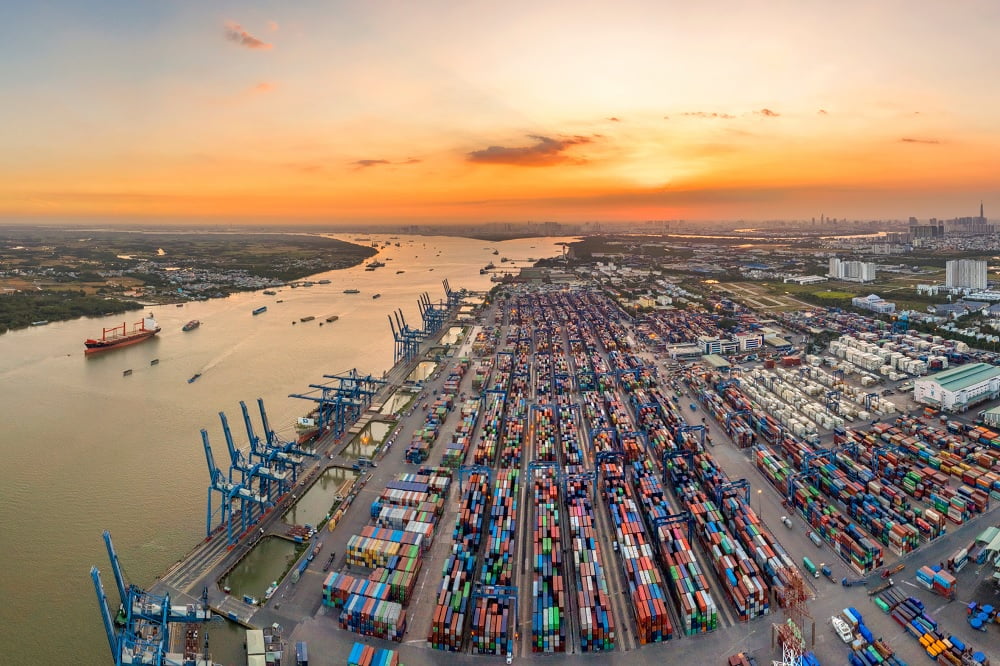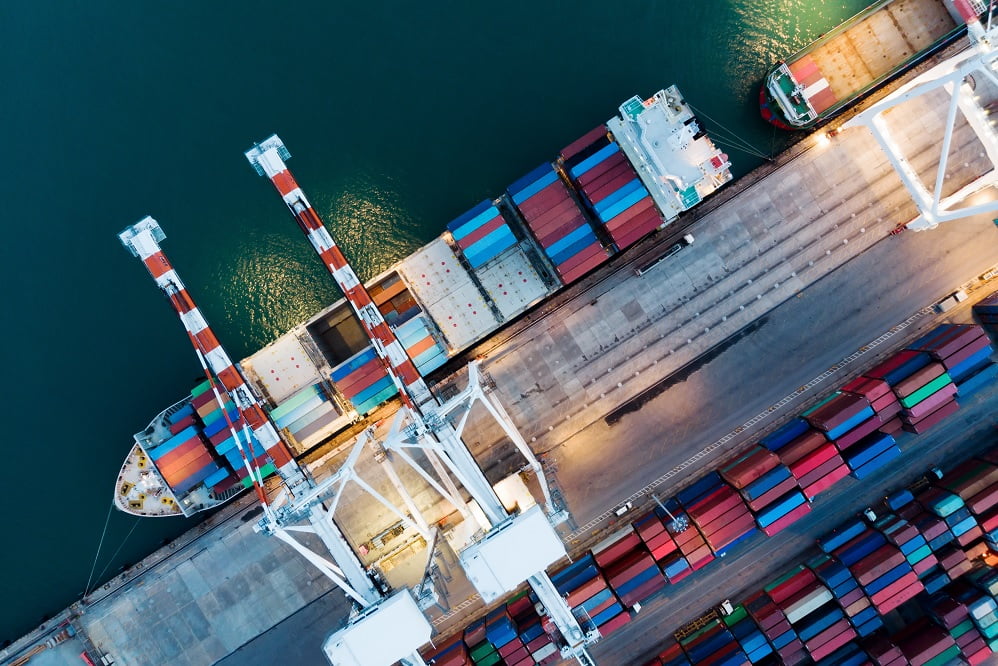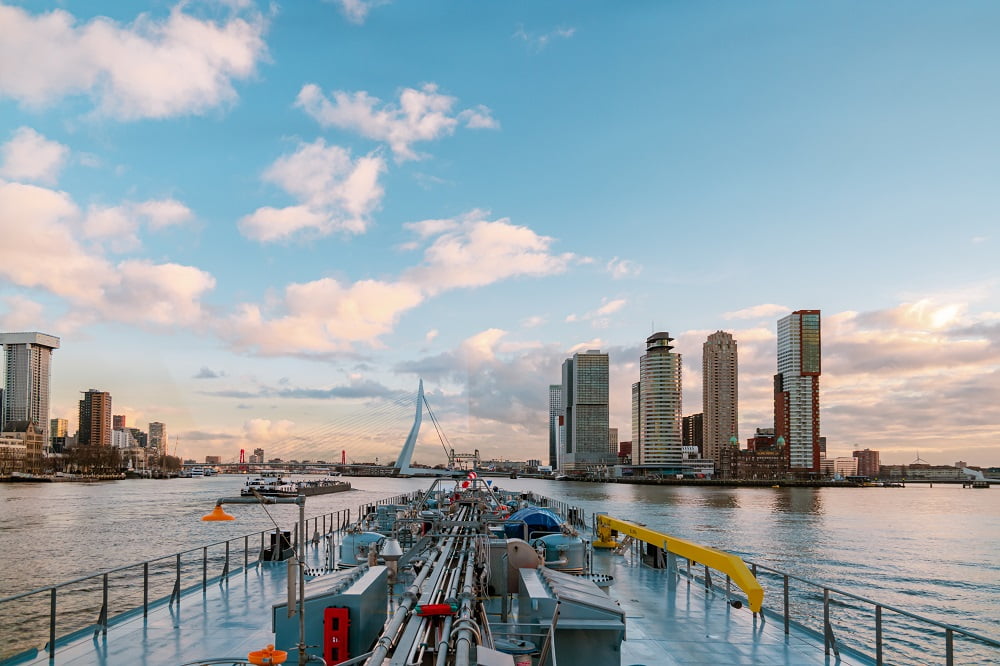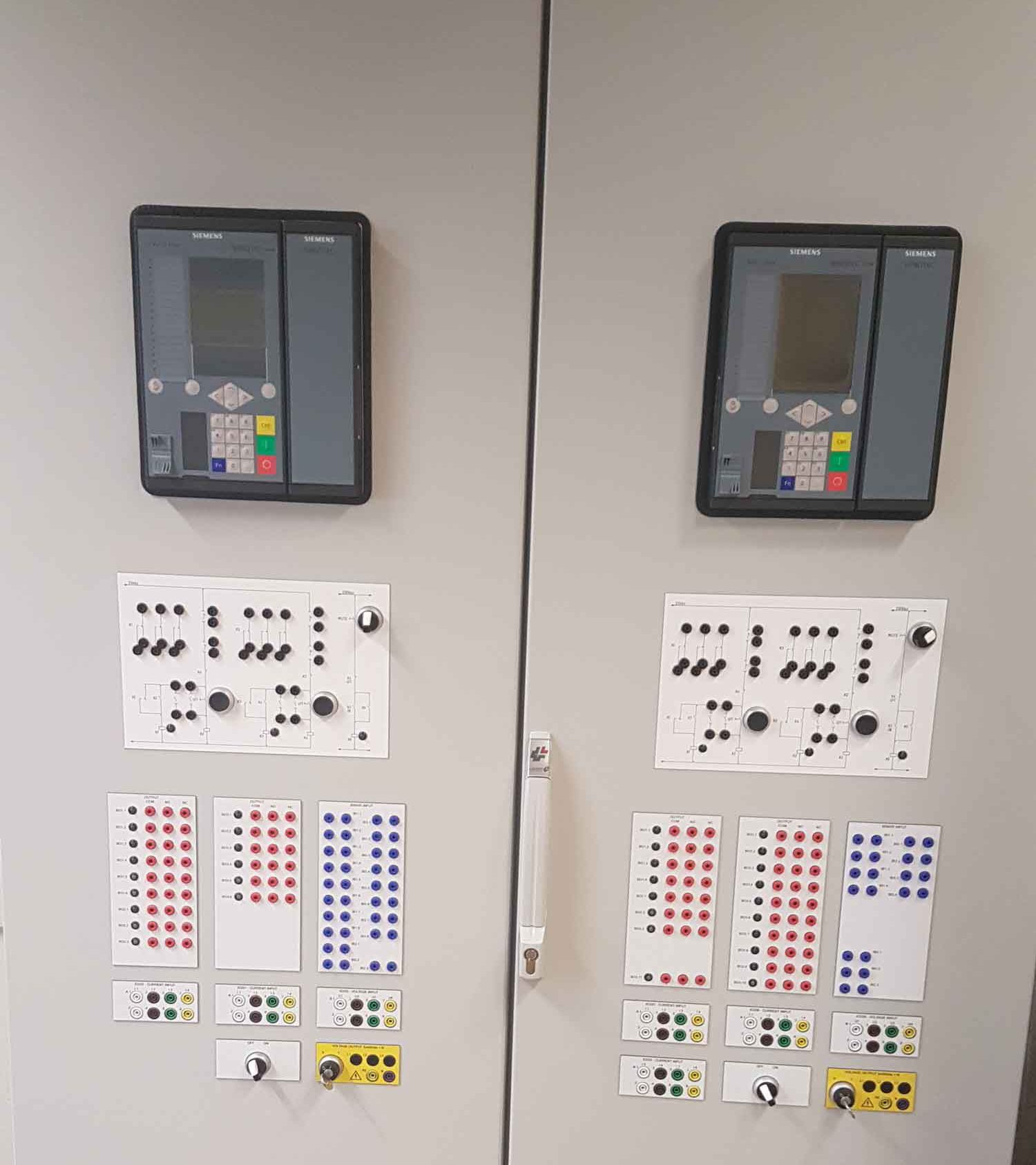
Harbor energy consumption commissioning has been a subject that has been overlooked for a while. Finding a solution for a pain point in the market usually leads to a great innovative idea. CoNet established the pain point in a shore charging station’s invoicing system that leads to unfair fee distribution. With help from Siemens, CoNet has developed an innovative energy measuring system that helps with fair energy usage invoicing.

Energy Consumption in Harbor
A ship uses diesel aggregates to generate propulsion and electricity. Yet, the ship docked in the harbor does not need propulsion, but it requires energy to keep the engine, the systems, running. Unfortunately, diesel aggregates generate a lot of noise and disturbance and are not suitable for the environment. Noise pollution is the biggest problem in the harbor.
Due to the negative effects on the harbor, the government has prohibited the use of diesel aggregates while the ship is docked in the port. That means that the vessel needs to be connected to the shore energy grid to fulfill its energy demand. This demand can be relatively high, resulting in increased costs for the harbor.

There is currently no extensive open system that keeps track of the energy usage of each ship. The harbor cannot keep track of how much energy each ship uses and cannot charge the boat accordingly. Lack of the system leads to additional harbor costs, which must be avoided.
Energy Measuring System – Siemens Hardware
CoNet is developing an energy measuring system from Siemens hardware that keeps track of the energy usage of each ship. After the charging session, the system automatically creates an invoice calculating the consumed energy costs and sends the invoice to the ship and harbor.
The system runs on a server that is also used as an access point for the system. The server collects all the energy measurements from the charging sessions and processes them to display them on a website. On the website, users of the system can register and control charging sessions. Furthermore, they can select when they want to start a charging session and when to end it. An invoice will be created and sent to the user and the charging station’s owner (the harbor) from the charging session. Finally, owners of the charging stations can control the chargers on the website.

Website (System) Options
The website, among other things, provides an option to analyze the energy consumption at each charging station and modify the charging rate. The system has multiple features to ensure the highest level of reliability and safety. For example, it can be connected to any existing charging network and does not need any significant modifications. It will be an open system and can be used by many different owners and users.

What’s next?
The energy measuring system is a solution that can solve the energy cost issue at harbors. The system is still in the development phase, so additional tools might be added. Furthermore, the innovation has a high potential to be developed into something much bigger.




